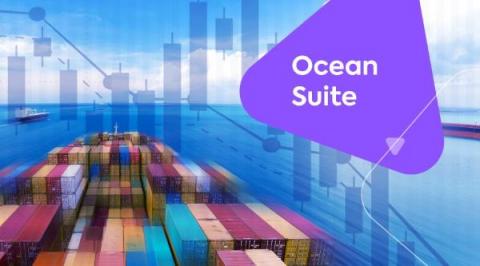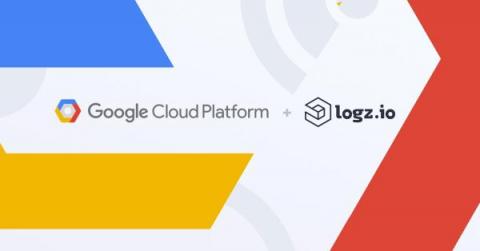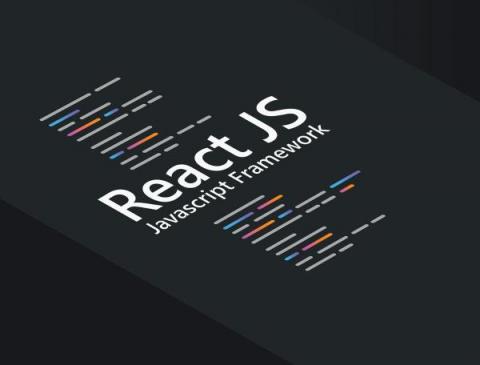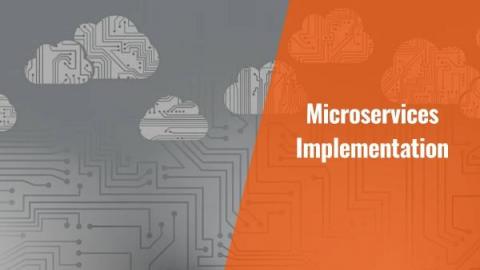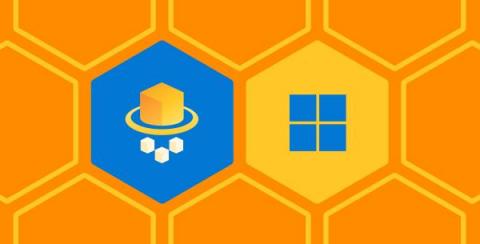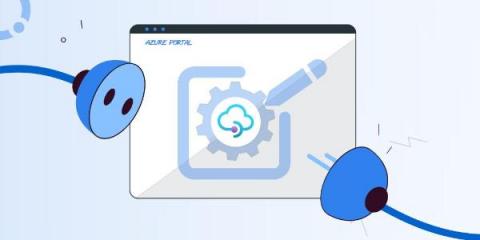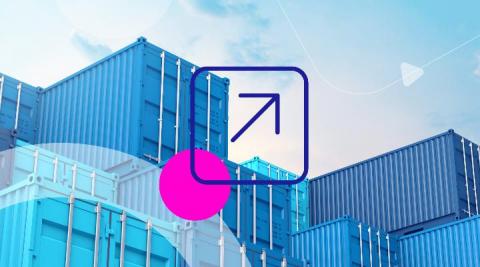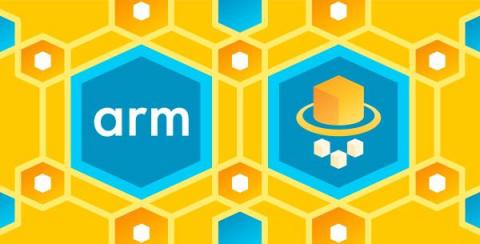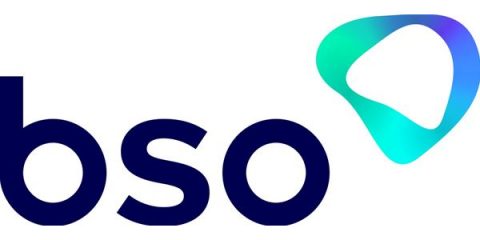Control the complexities of containers with the Ocean Suite for Kubernetes
In the relatively short window of time that Kubernetes has been around, it’s rapidly matured as a critical technology foundation for the cloud, and now even applications that were previously thought to be unviable for containers are running with Kubernetes. As companies expand their usage of it, the need to operationalize Kubernetes with automation and optimization is critical to maintaining speed, agility and control in the long-term.


